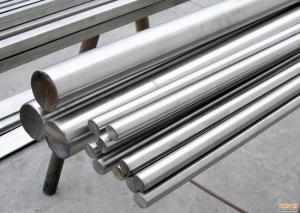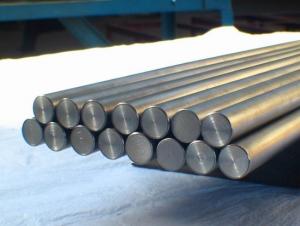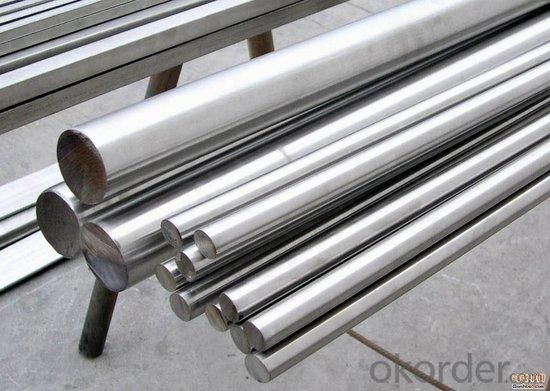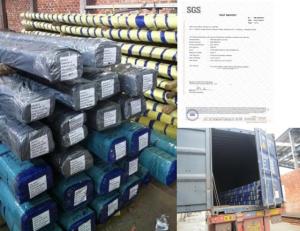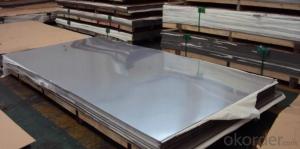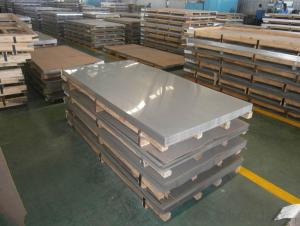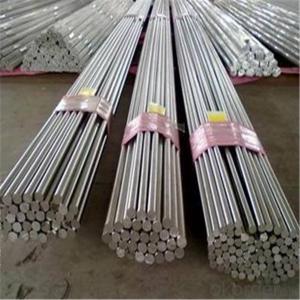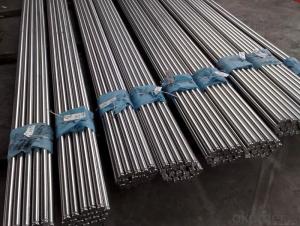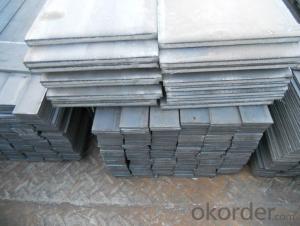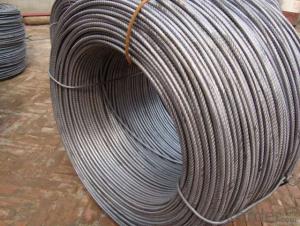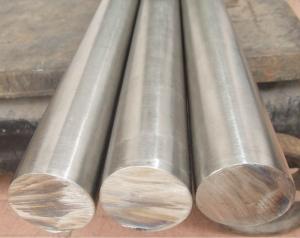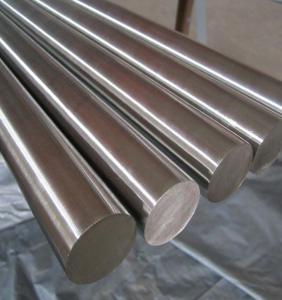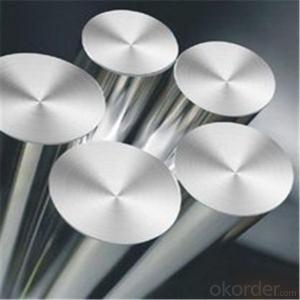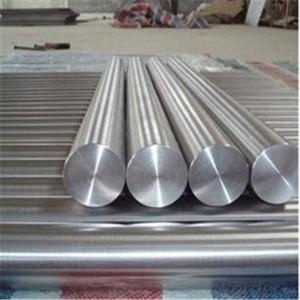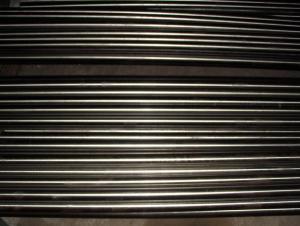12X18H10T Stainless Steel Bar
- Loading Port:
- China Main Port
- Payment Terms:
- TT or LC
- Min Order Qty:
- 5 Tons m.t.
- Supply Capability:
- 1000 Tons Per Month m.t./month
OKorder Service Pledge
OKorder Financial Service
You Might Also Like
Stainless Steel Bar
Stainless Steel Round Bright Bar
Hot-rolled Stainless Steel Black Bar
Grades:201、202、301、302、303、304、316、316L、321 etc
|
Diameter (mm) |
weight (kg/m) |
Diameter (mm) |
weight (kg/m) |
Diameter (mm) |
weight (kg/m) |
Diameter (mm) |
weight (kg/m) |
|
2 |
0.025 |
14 |
1.221 |
30 |
5.607 |
50 |
15.575 |
|
3 |
0.056 |
15 |
1.402 |
32 |
6.38 |
55 |
18.846 |
|
4 |
0.1 |
16 |
1.595 |
34 |
7.202 |
60 |
22.428 |
|
5 |
0.156 |
18 |
2.019 |
35 |
7.632 |
65 |
26.322 |
|
6 |
0.224 |
19 |
2.249 |
36 |
8.074 |
70 |
30.527 |
|
7 |
0.305 |
20 |
2.492 |
38 |
8.996 |
75 |
35.044 |
|
8 |
0.399 |
22 |
3.015 |
40 |
9.968 |
80 |
39.872 |
|
9 |
0.505 |
24 |
3.588 |
42 |
10.99 |
85 |
45.012 |
|
10 |
0.623 |
25 |
3.894 |
45 |
12.616 |
90 |
50.463 |
|
11 |
0.754 |
27 |
4.542 |
46 |
13.183 |
95 |
56.226 |
|
12 |
0.897 |
28 |
4.884 |
48 |
14.354 |
100 |
62.3 |
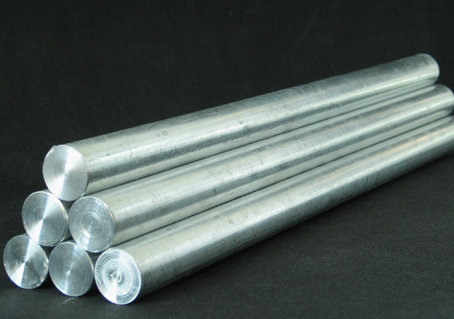
- Q: What are the different applications of stainless steel bars?
- Stainless steel bars have diverse applications across various industries. They are commonly used in construction for structural supports, reinforcement, and framing due to their high strength and corrosion resistance. In the automotive industry, stainless steel bars are utilized for manufacturing components like exhaust systems, roll cages, and chassis parts. They are also extensively used in the manufacturing of kitchen equipment, appliances, and utensils due to their hygienic properties. Additionally, stainless steel bars find application in the marine industry for shipbuilding, as well as in the aerospace sector for aircraft components.
- Q: Can stainless steel bars be used in outdoor applications?
- Yes, stainless steel bars can be used in outdoor applications. Stainless steel is highly resistant to corrosion and can withstand harsh environmental conditions, making it suitable for outdoor use.
- Q: Are stainless steel bars suitable for hydrogen peroxide applications?
- Yes, stainless steel bars are suitable for hydrogen peroxide applications. Stainless steel is known for its corrosion resistance properties, which make it suitable for use with hydrogen peroxide. Hydrogen peroxide is a strong oxidizer and can be corrosive to certain materials. However, stainless steel is able to withstand the corrosive effects of hydrogen peroxide, making it a suitable choice for applications involving this chemical. Additionally, stainless steel bars are durable, easy to clean, and have a long lifespan, making them a cost-effective option for hydrogen peroxide applications.
- Q: What is the composition of stainless steel bars?
- Stainless steel bars are primarily composed of iron, combined with varying amounts of chromium, nickel, and other elements. The exact composition of stainless steel bars can vary depending on the specific grade or type of stainless steel being used. Chromium is the key element that provides stainless steel with its corrosion-resistant properties. It forms a thin layer of oxide on the surface of the steel, known as a passive layer, which helps protect the underlying material from rust and corrosion. Nickel is often added to stainless steel to enhance its resistance to corrosion, as well as improve its strength and durability. Other elements such as molybdenum, titanium, copper, and manganese may also be present in smaller quantities to further enhance specific properties of the stainless steel bars, such as increased resistance to pitting or high-temperature strength. Overall, the composition of stainless steel bars is carefully tailored to achieve the desired combination of strength, corrosion resistance, and other specific properties required for various applications.
- Q: What are the applications of stainless steel bars in the chemical industry?
- Stainless steel bars find a wide range of applications in the chemical industry due to their exceptional properties and resistance to corrosion. Some of the key applications include: 1. Storage and transportation: Stainless steel bars are extensively used in the construction of storage tanks, pipelines, and transportation containers for various chemicals. Their corrosion resistance ensures the integrity of the containers and prevents any contamination or leakage. 2. Reaction vessels: Stainless steel bars are utilized in the fabrication of reaction vessels, where they are exposed to harsh chemical environments and high temperatures. Their resistance to corrosion and ability to withstand extreme conditions make them a preferred choice for these applications. 3. Piping systems: Stainless steel bars are commonly employed in the construction of piping systems within chemical plants. These pipes are used to transport chemicals between various processing units, and the use of stainless steel bars ensures the prevention of corrosion, thereby maintaining the purity of the chemicals being transported. 4. Heat exchangers: Stainless steel bars are used in the construction of heat exchangers, which play a crucial role in the chemical industry. These heat exchangers are responsible for transferring heat between different process streams, and the use of stainless steel bars ensures their longevity and resistance to corrosion in the presence of chemicals. 5. Mixing and agitation equipment: Stainless steel bars are utilized in the fabrication of mixing and agitation equipment, such as impellers and shafts, which are used to mix chemicals and maintain uniformity within chemical processes. The corrosion resistance of stainless steel bars ensures the longevity and effectiveness of these components. 6. Laboratory equipment: Stainless steel bars are commonly used in the construction of various laboratory equipment, such as benches, cabinets, and workstations, due to their durability and resistance to chemical spills. These components provide a safe and reliable environment for chemical experiments and research. Overall, stainless steel bars play a vital role in the chemical industry by offering corrosion resistance, durability, and versatility in various applications. Their use ensures the safe and efficient handling of chemicals, preventing contamination and maintaining the integrity of equipment and processes.
- Q: Are stainless steel bars suitable for jewelry making?
- Yes, stainless steel bars are suitable for jewelry making. Stainless steel is a durable and versatile material that is resistant to corrosion and tarnish. It is an ideal choice for making jewelry that requires strength and longevity, such as bracelets, necklaces, and rings. Stainless steel bars can be easily shaped, cut, and polished to create unique and intricate designs. Additionally, stainless steel has a sleek and modern appearance, making it a popular choice for contemporary and minimalist jewelry styles. Its affordable price compared to precious metals like gold or silver also makes it an attractive option for both jewelry makers and customers. Overall, stainless steel bars offer a great combination of durability, versatility, and aesthetic appeal, making them suitable for jewelry making.
- Q: Can stainless steel bars be used in medical equipment?
- Yes, stainless steel bars can be used in medical equipment. Stainless steel is a commonly used material in the medical industry due to its excellent corrosion resistance, durability, and ease of sterilization. It is often used in the manufacturing of surgical instruments, implants, and other medical devices. Stainless steel bars are particularly useful for applications that require high strength and resistance to wear and tear. Additionally, stainless steel is biocompatible, meaning it is not harmful to the human body and does not cause adverse reactions. Therefore, stainless steel bars are an ideal choice for medical equipment where hygiene, reliability, and performance are essential.
- Q: Are stainless steel bars prone to rusting?
- No, stainless steel bars are not prone to rusting.
- Q: Can stainless steel bars be used in architectural metalwork applications?
- Yes, stainless steel bars can be used in architectural metalwork applications. Stainless steel is a highly versatile material that offers a range of benefits for architectural projects. It is known for its excellent corrosion resistance, durability, and aesthetic appeal. Stainless steel bars can be used in various architectural applications such as handrails, balustrades, facade cladding, roofing, structural components, and decorative elements. They provide strength and stability to the structures while also adding a modern and sleek look. Additionally, stainless steel bars can be easily fabricated, welded, and finished to meet the specific design requirements of the project. Overall, stainless steel bars are a popular choice in architectural metalwork due to their durability, versatility, and aesthetic appeal.
- Q: Can stainless steel bars be used in medical applications?
- Yes, stainless steel bars can be used in medical applications. Stainless steel is highly corrosion resistant, durable, and can withstand harsh sterilization processes. It is commonly used in medical devices, surgical instruments, and orthopedic implants due to its biocompatibility and ability to maintain cleanliness and hygiene in medical settings.
1. Manufacturer Overview
| Location | Jiangsu, China |
| Year Established | 2010 |
| Annual Output Value | above US$8 million |
| Main Markets | East Asia, Middle East, West Europe |
| Company Certifications |
2. Manufacturer Certificates
| a) Certification Name | |
| Range | |
| Reference | |
| Validity Period |
3. Manufacturer Capability
| a) Trade Capacity | |
| Nearest Port | Shanghai |
| Export Percentage | |
| No.of Employees in Trade Department | above 50 people |
| Language Spoken: | English, Chinese, Arabic |
| b) Factory Information | |
| Factory Size: | about 15000 square meter |
| No. of Production Lines | above 4 |
| Contract Manufacturing | OEM Service Offered,Design Service Offered |
| Product Price Range | Average |
Send your message to us
12X18H10T Stainless Steel Bar
- Loading Port:
- China Main Port
- Payment Terms:
- TT or LC
- Min Order Qty:
- 5 Tons m.t.
- Supply Capability:
- 1000 Tons Per Month m.t./month
OKorder Service Pledge
OKorder Financial Service
Similar products
Hot products
Hot Searches
Related keywords
